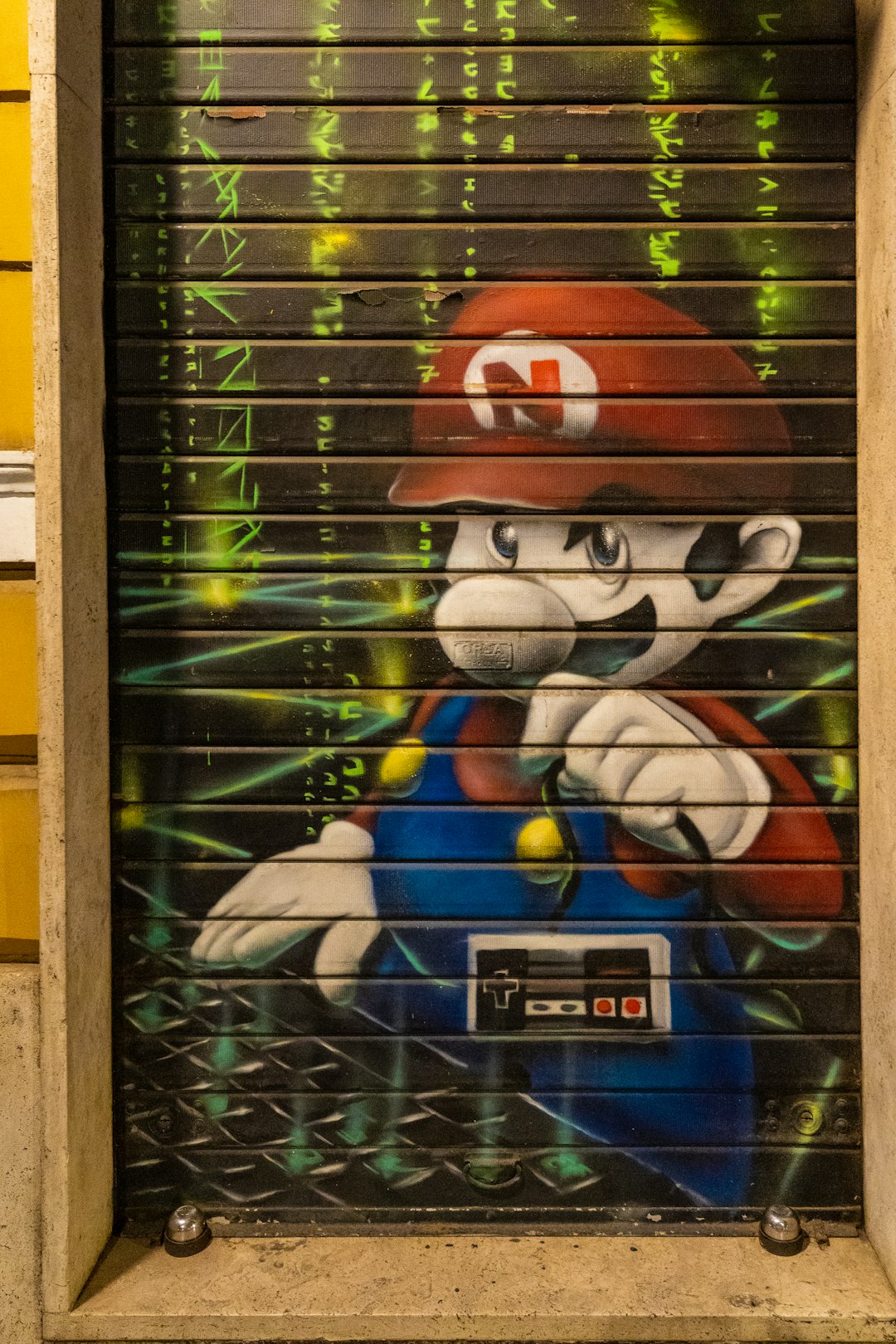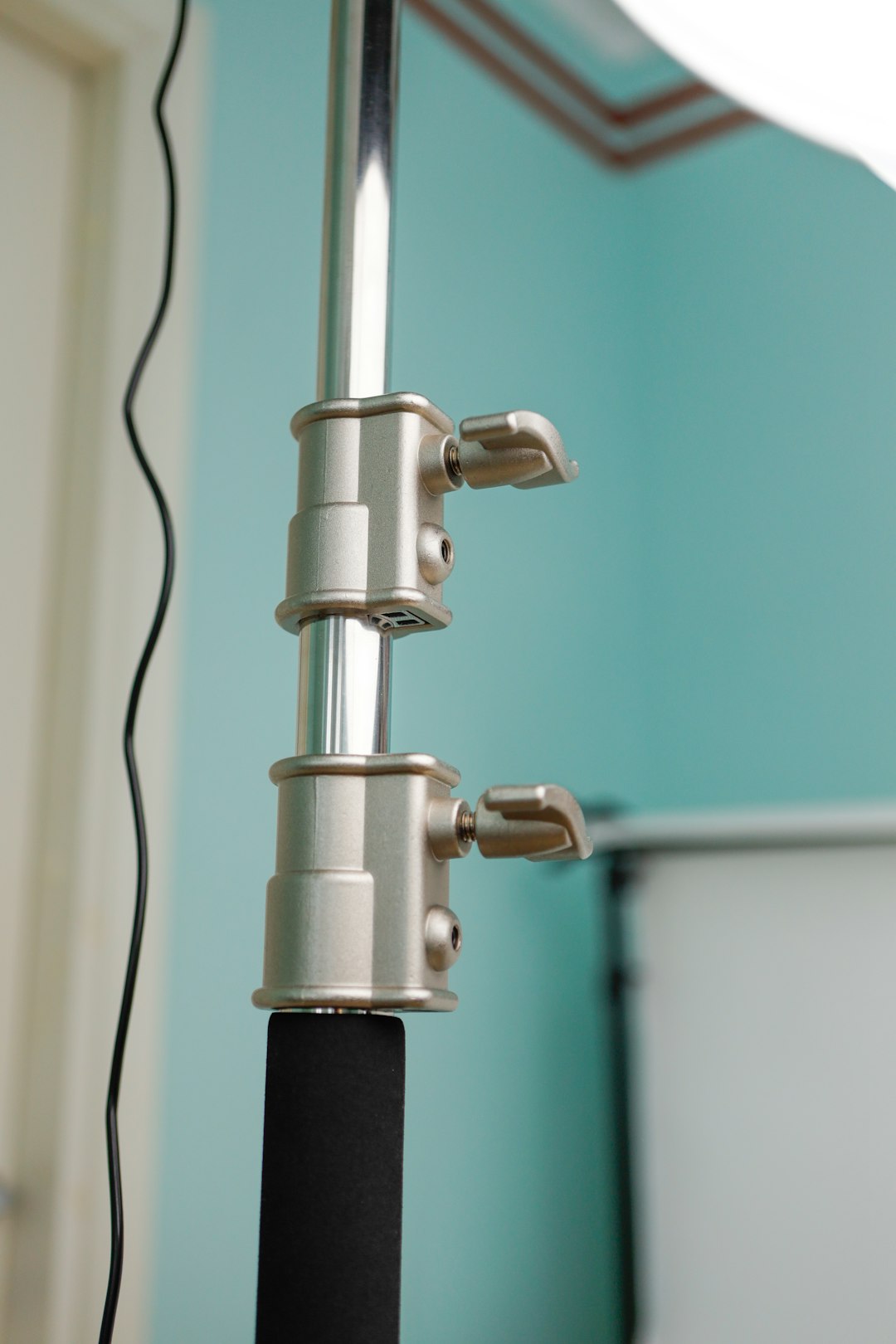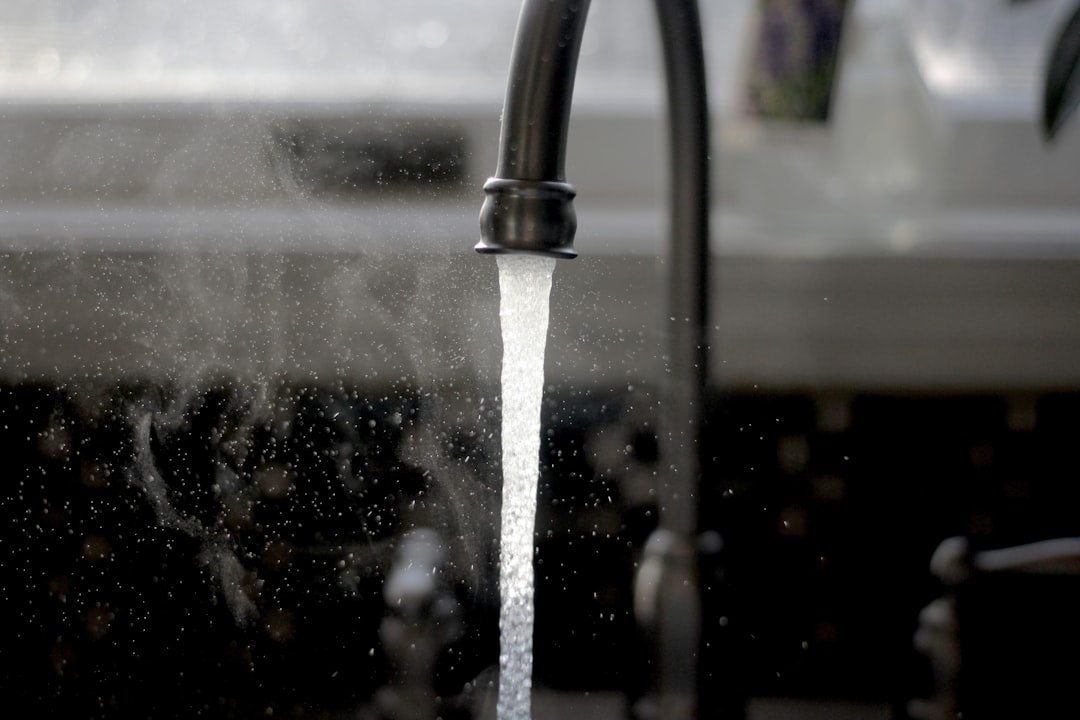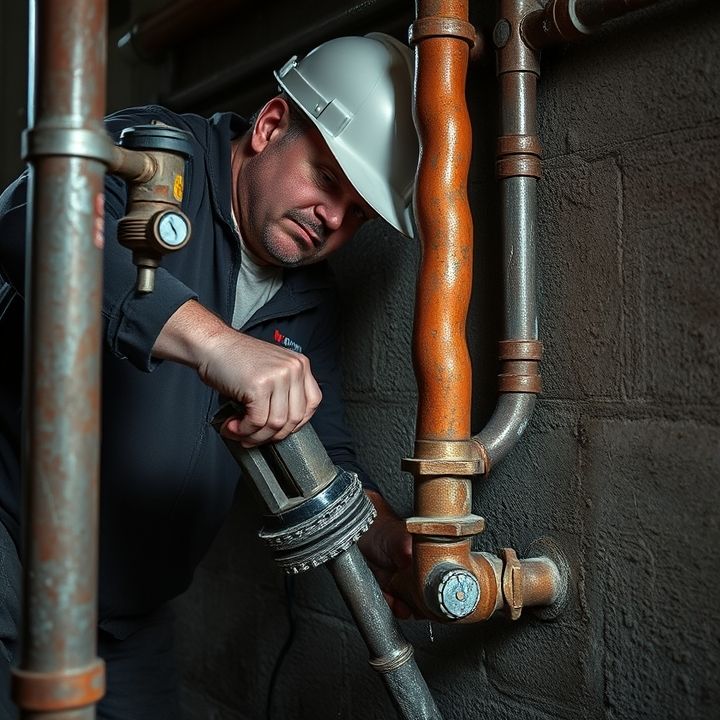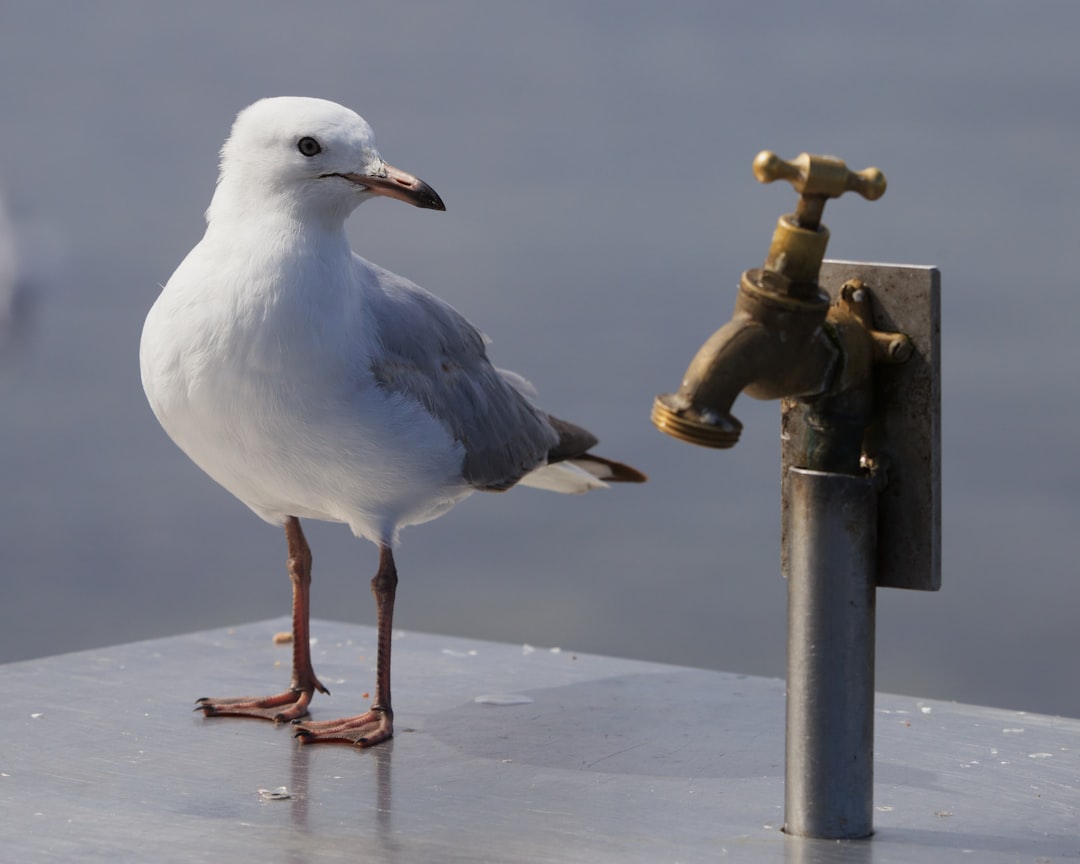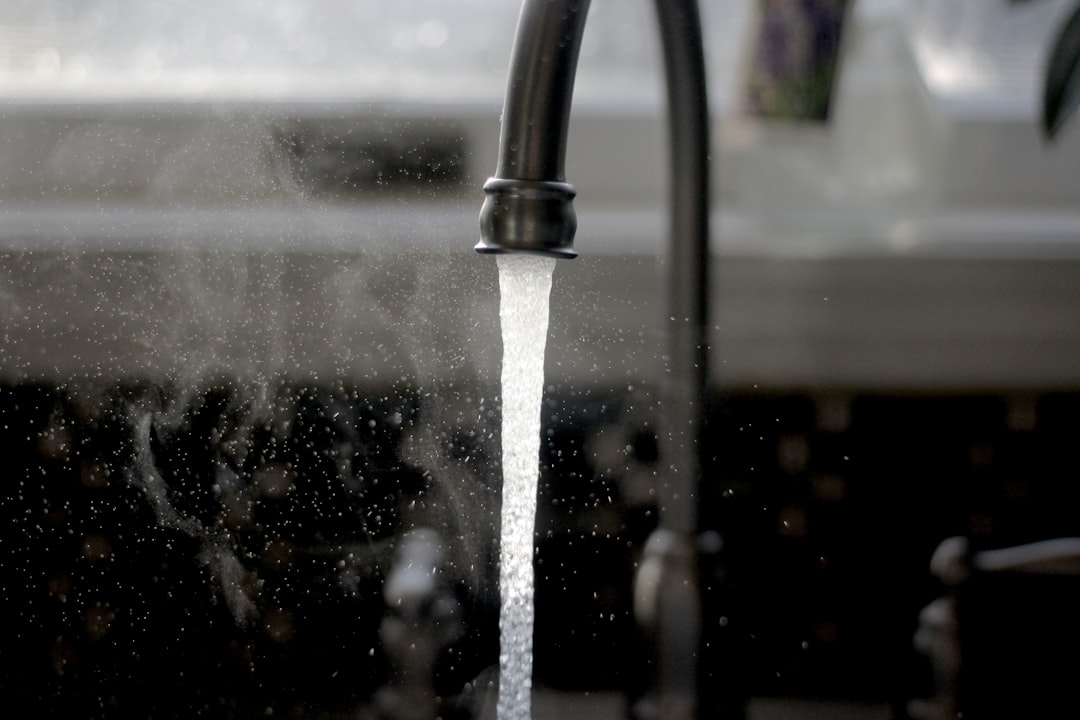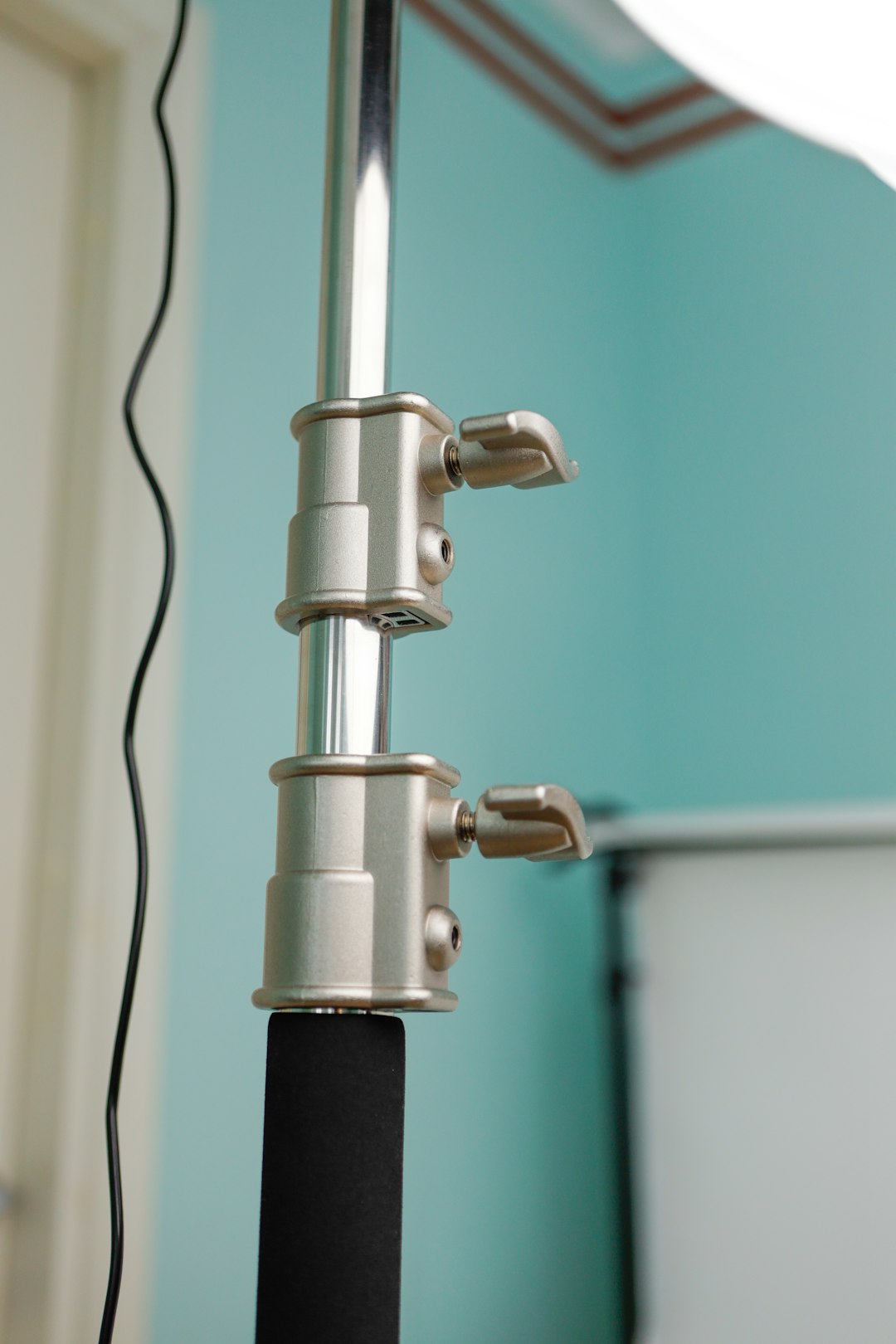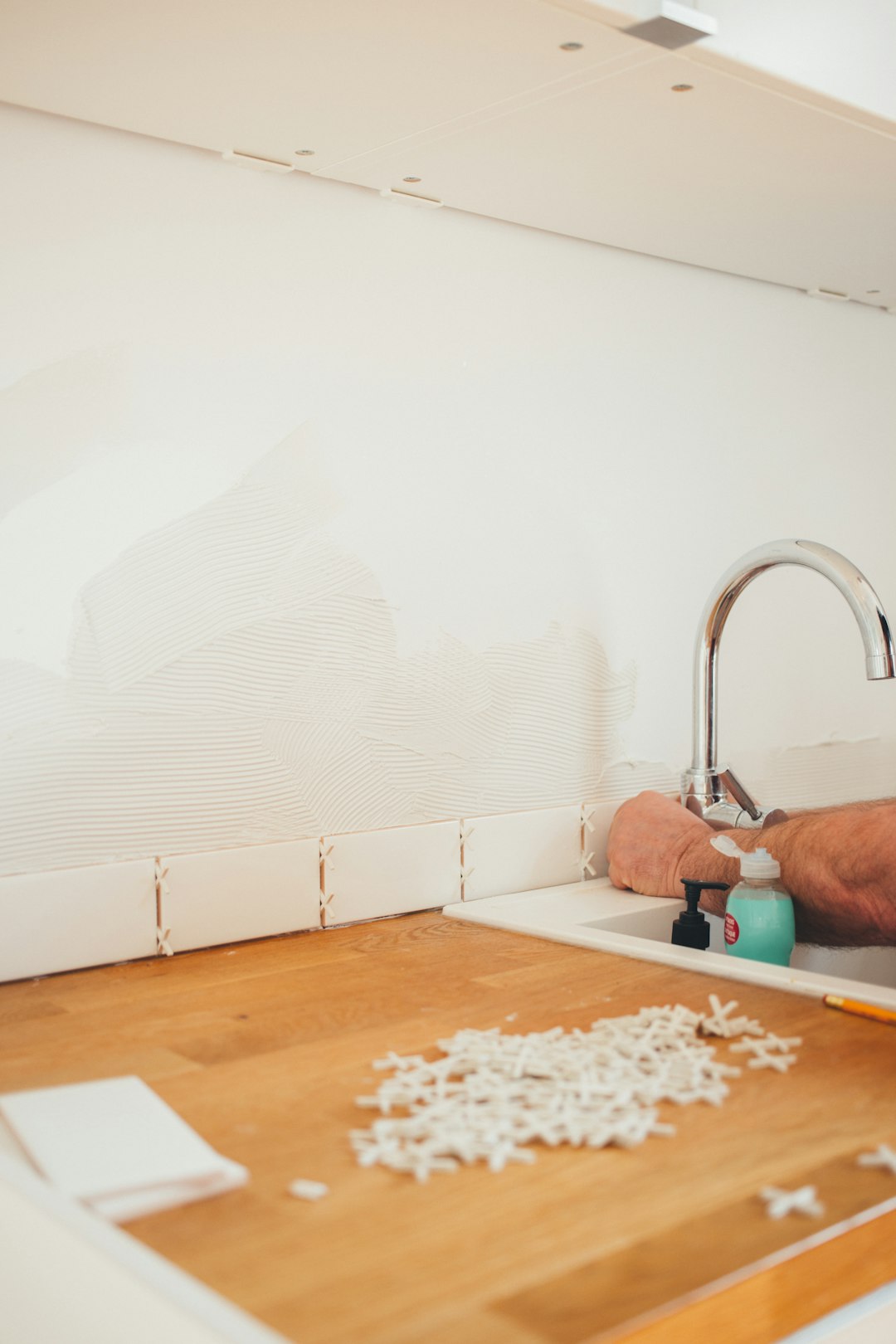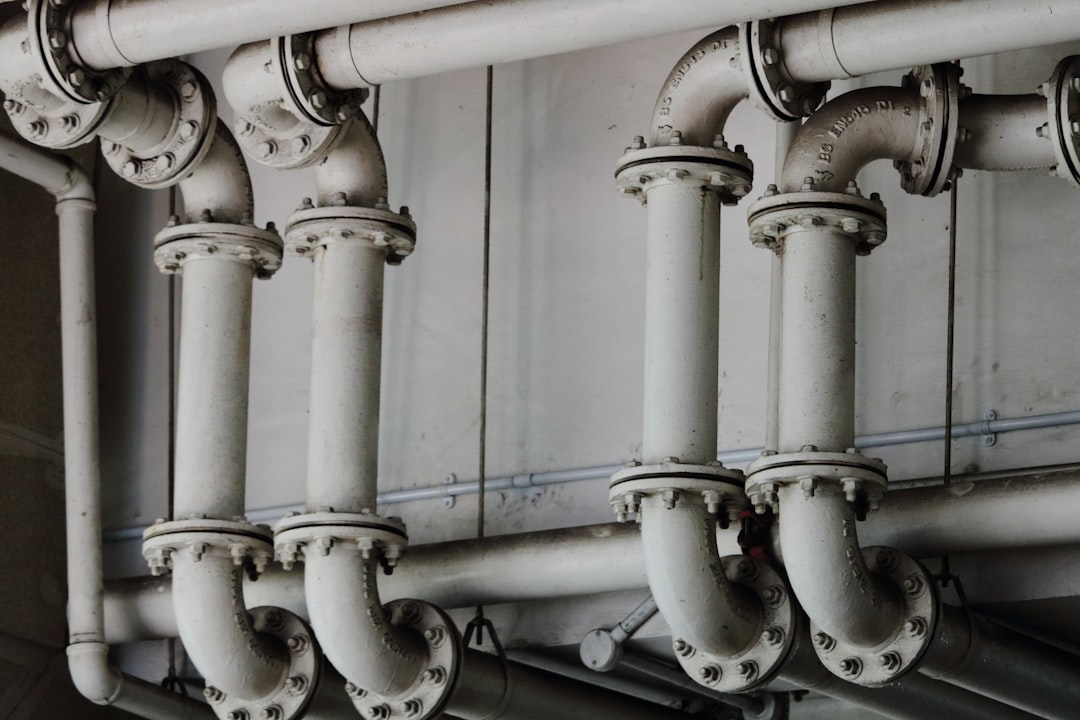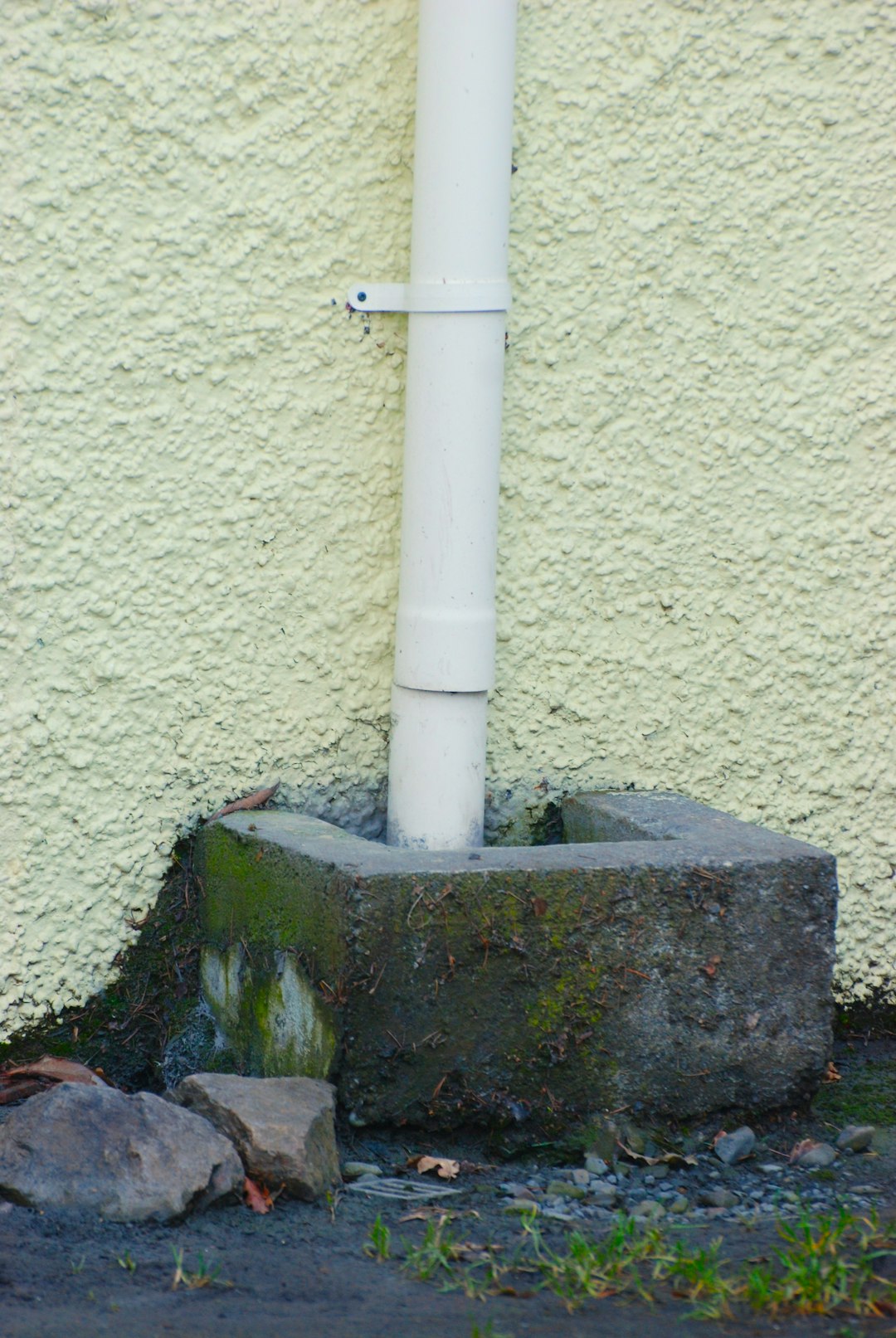Table of Contents
- Introduction
- Corroded or old plumbing pipe replacement
- Frequent plumbing fixture installation challenges
- Repairs related to plumbing valve malfunctions
- Common plumbing drain cleaning issues
- Signs indicating the need for plumbing leak detection
- Problems associated with plumbing water heater service
- Plumbing sewer line repair challenges in older homes
- Emergency plumbing services for unexpected leaks
- Conclusion
- Frequently Asked Questions
Introduction
When stepping into the charm of an older home, you may find yourself enchanted by the unique architectural details and rich history that these spaces offer. However, beneath this nostalgic surface often lies a myriad of hidden plumbing troubles that can turn a dream abode into a homeowner’s nightmare.
As the years pass, the aging plumbing systems in these houses can develop a host of issues, ranging from leaky pipes to clogged drains. Homeowners might not even be aware of the catastrophic consequences that can arise from neglecting these underlying problems. From compromised water quality to unexpected flooding, the stakes are high.
In this article, we will delve into the common plumbing issues found in older homes, helping you recognize the signs and understand the urgent action required. Are you ready to uncover the concealed challenges that could be lurking in your cherished space?
Corroded or old plumbing pipe replacement
Corroded or old plumbing pipes can lead to a myriad of issues in older homes, making replacement an essential consideration for homeowners. Over time, pipes made from materials such as galvanized steel, cast iron, or even outdated PVC can deteriorate due to age, rust, and mineral buildup. This corrosion can cause leaks, water discoloration, and even diminished water pressure.
Replacing corroded pipes is crucial not only for maintaining water quality but also for preventing expensive water damage due to leaks. The process typically involves assessing the plumbing system, identifying the affected areas, and selecting suitable replacement materials, such as copper or PEX, which are known for their durability and resistance to corrosion.
It is advisable to consult with a licensed plumber who can evaluate the existing plumbing infrastructure and recommend appropriate solutions. Homeowners should be aware that while the upfront cost of pipe replacement may seem significant, it can lead to long-term savings by reducing repair costs and improving overall water efficiency in the home.
Frequent plumbing fixture installation challenges
Installing plumbing fixtures in older homes can present a variety of challenges that homeowners and plumbers must navigate. One of the most common issues is the compatibility of new fixtures with outdated plumbing systems. Many older homes feature pipes that use materials no longer in common use, such as galvanized steel or polybutylene, which can affect the installation of modern fixtures.
Additionally, older homes often have limited access to plumbing lines, making it difficult to replace old fixtures or install new ones. This limited access can also lead to awkward placements of fixtures, which may not align with the homeowner’s vision for their space.
Another challenge can arise from the potential for outdated water supply systems, which might not provide adequate pressure for new fixtures, leading to performance issues. Homeowners may also encounter problems related to local building codes and regulations, which can vary significantly based on the age and condition of the home.
These factors mean that careful planning and often additional modifications are required when installing plumbing fixtures in older homes.
Repairs related to plumbing valve malfunctions
Repairs related to plumbing valve malfunctions are prevalent in older homes due to the wear and tear on aging systems. Valves play a crucial role in controlling water flow, and when they fail, it can lead to significant issues such as leaks, reduced water pressure, and even complete water supply failure. Common types of valves that often malfunction include gate valves, ball valves, and check valves.
Gate valves can become stuck due to corrosion or mineral buildup, requiring either cleaning or replacement. Ball valves may experience issues when their interior seals wear out, resulting in leaks. Check valves are essential for preventing backflow, and if they malfunction, they can compromise the safety and efficiency of the plumbing system.
Regular maintenance is key to ensuring that these components function properly. Homeowners should inspect valves periodically, look for signs of corrosion or leaks, and address any issues promptly. In cases of severe malfunction, professional plumbing assistance may be necessary to ensure proper repairs and avoid further damage.
Common plumbing drain cleaning issues
Common plumbing drain cleaning issues in older homes often stem from the wear and tear of aging pipes and outdated plumbing systems. One prevalent problem is the buildup of grease, hair, soap scum, and other debris in drains, which can lead to slow drainage or complete clogs. In older homes, pipes may also have accumulated mineral deposits that further contribute to blockages.
Another issue to consider is the condition of the drainage pipes themselves. Older homes frequently have pipes made from materials that are prone to corrosion, such as cast iron or galvanized steel, which can break down over time, leading to leaks and additional clogs.
Moreover, improperly vented drainage systems in older buildings may cause siphoning, where water is drawn out of traps, creating foul odors and potential sewer gas problems in the home. Regular maintenance and professional inspections can help identify and address these plumbing drain cleaning issues before they escalate into more significant problems.
Signs indicating the need for plumbing leak detection
Recognizing the signs of a plumbing leak is crucial for maintaining the integrity of your home. One of the most obvious indicators is the presence of unexplained water stains on walls, floors, or ceilings. These discolorations can suggest that water is seeping from pipes hidden within the structure. Additionally, an increase in your water bill without a corresponding increase in usage may point to a leak somewhere in your plumbing system.
Unpleasant odors can also be a sign; stagnant water from a leak can lead to mold growth, emitting a musty smell. Another sign to watch for is the sound of running water when all fixtures are turned off, indicating a potential hidden leak. Lastly, if you notice that certain areas of your home seem unusually damp or have water pooling, these may be the direct results of a plumbing issue that necessitates immediate leak detection efforts.
Problems associated with plumbing water heater service
Problems associated with plumbing water heater service can manifest in various ways, leading to inconvenience and potential hazards. One common issue is insufficient hot water supply, which might be caused by a malfunctioning thermostat or sediment buildup within the tank. Over time, mineral deposits can accumulate at the bottom of the tank, reducing heating efficiency and leading to premature wear on the heating elements.
Another prevalent problem is water discoloration or unpleasant odors, indicating potential corrosion or sediment issues. This can affect the quality of water and require immediate attention.
Leaks are another concern that can arise, often originating from the tank or the connections. A leaking water heater can lead to significant water damage and increased utility bills. Regular maintenance, including flushing the tank and inspecting the anode rod, can help prevent these issues. Additionally, strange noises such as popping or rumbling can indicate that sediment buildup is present, which requires intervention.
Plumbing sewer line repair challenges in older homes
Plumbing sewer line repair presents several challenges, particularly in older homes. One major issue is the aging of pipes, which can lead to corrosion, cracks, and eventual leaks. Many older properties still use clay or cast iron pipes that can deteriorate over time, making them prone to blockages and breaks.
Another challenge is the potential for root intrusion. As trees mature, their roots can penetrate sewer lines, causing significant damage and requiring extensive repair work to remove the roots and replace the affected sections of the pipe. Additionally, locating the sewer line can be difficult in older homes where the original plans may no longer be accurate or available.
Moreover, previous DIY plumbing repairs might not meet current standards, resulting in issues such as improper slope or pipe connections. Finally, homeowners often face the obstacle of outdated plumbing codes that need to be addressed during repairs, making the process more time-consuming and costly.
Emergency plumbing services for unexpected leaks
Emergency plumbing services are crucial for addressing unexpected leaks that can cause significant damage to your home. A sudden water leak can arise from various sources, including burst pipes, faulty fixtures, or even severe weather conditions. When such emergencies occur, time is of the essence. Immediate action is necessary to minimize water damage and prevent structural issues.
Qualified emergency plumbers are trained to quickly diagnose the source of the leak and implement effective solutions. They often arrive equipped with the necessary tools and materials to handle a wide variety of emergency situations. This may include sealing leaks, replacing damaged pipes, or performing temporary repairs until a more permanent solution can be found.
Moreover, emergency plumbing services are typically available 24/7, ensuring that help is accessible at any hour. This is particularly essential for homeowners who may discover leaks during the night or on weekends.
Therefore, having contact information for a reliable emergency plumber can provide peace of mind and protect your home from the potential hazards associated with water leaks.
Conclusion
In conclusion, owning an older home often comes with its share of plumbing challenges that can impact your daily comfort and safety. From corroded pipes to valve malfunctions, the issues we explored highlight the importance of proactive maintenance and timely repairs to safeguard your investment. If you’re experiencing any signs of plumbing issues, such as leaks or low water pressure, it’s crucial not to delay seeking professional help. By addressing these concerns early, you can avoid costly damage and ensure your plumbing system operates smoothly. Don’t let hidden troubles disrupt your peace of mind; contact the plumbing experts at 573-555-2121 today. Taking action now can save you time, money, and stress in the long run!
